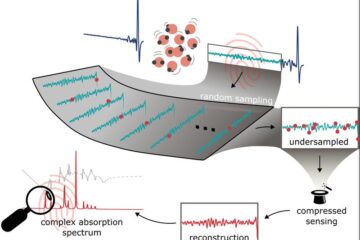Robot programming for everyone

The main drawback of using robots for frequently changing environments and tasks, something which is typical of production in small and medium-sized enterprises, is the significant effort required for setting up work cells and programming robots. This is no longer necessary.
For setting up a production cell, the operator just needs to take the required devices (grippers, tools and fixtures) and connects them to the robot controller. Thanks to newly developed Plug & Produce technology, the system is configured automatically, using low-cost microcontrollers.
Next, the operator gets hold of the robot and guides it manually step-by-step through the process (Lead-Through Programming) using speech recognition to tell the robot what to do and where. The system is configured for the worker, not the other way round. The combination of these processes results in an innovative robot programming concept for everyone.
All visitors to AUTOMATICA 2008 are welcome to try this out for themselves on a demo robot work cell – it really is as simple as that. With SMErobot? technology, there are just minutes between setting up and starting to produce.
Contact:
Christian H. Müller / ABB Corporate Research Centre
Phone: +49 6203 71-6372
Fax: +49 6203 71-6412
E-mail: Christian.H.Mueller@de.abb.com
Jens Hofschulte / ABB Corporate Research Centre
Phone: +49 6203 71-6105
Fax: +49 6203 71-6412
E-mail: jens.hofschulte@de.abb.com
Media Contact
More Information:
http://www.ipa.fraunhofer.de/All latest news from the category: Trade Fair News
Newest articles

How evolution has optimised the magnetic sensor in birds
The magnetic sense of migratory birds is probably based on the protein cryptochrome 4, and a genetic study has now provided further support for this theory. A team of researchers…

Molecular Fingerprint Beyond the Nyquist Frequency
Ultrafast laser spectroscopy allows the ascertainment of dynamics over extremely short time scales, making it a very useful tool in many scientific and industrial applications. A major disadvantage is the…

High-energy-density aqueous battery based on halogen multi-electron transfer
Traditional non-aqueous lithium-ion batteries have a high energy density, but their safety is compromised due to the flammable organic electrolytes they utilize. Aqueous batteries use water as the solvent for…





















